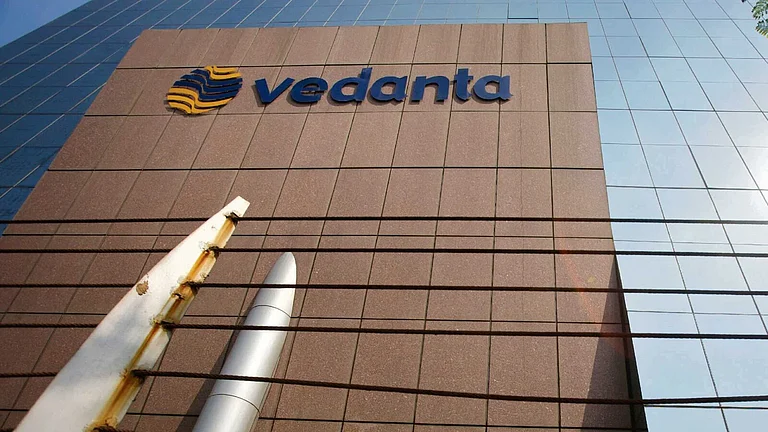With the launch of Sunfeast Wonderz Milk, ITC has taken that big step in the intensively competitive organised Indian dairy industry. Valued at Rs.1,000 billion, with liquid milk accounting for around 65% of that, the company’s decision to launch a ready-to-drink milk based beverages is not entirely surprising. After all, this segment is less than Rs.30 billion and has doubled in three years, indicating some serious growth potential.
Since the time its Aashirvaad Svasti ghee hit the market in late 2015, ITC has been fairly dormant in dairy. It was only this October when it announced the launch of pouched milk and dahi, again under the Aashirvaad brand name, that some momentum has picked up. The decision to launch milk beverages under the Sunfeast umbrella, marks a clear intent to break its own dairy business into two – one that is commoditised, which is what Aashirvaad will be and Sunfeast presenting an opportunity to create a branded business with a differentiation. According to the company, it is looking to garner at least a 15% market share in any market that they enter in the milk business.
The leader in milk beverages is Amul with a market share of over 40%, while the rest is fragmented with regional cooperatives and some private players including Cavinkare, Parag Milk Foods and Britannia. At a price range of Rs.25-35, Sunfeast is in direct competition with its counterparts in the private sector, though Amul starts off at Rs.20. Parag Milk Foods’ Chairman, Devendra Shah, says the real differentiator in flavoured milks is distribution. “That is more critical than getting it right with the product range or even pricing,” he explains. For that to materialise, a company will need to get it right with its supply chain, with manufacturing being a key decision.
Since the dairy business is highly geographic getting the sourcing right also plays a critical role in being successful. While Parag has its factories in three locations giving it proximity to the markets it serves, others including Nestle and Britannia have chosen to use the facility owned by a third party. ITC has chosen to manufacture Wonderz Milk, which comes with a shelf life of up to six months, out of its plant in Kapurthala in Punjab, with a new plant just having come up in Tamil Nadu. All this is at an investment of over Rs.1 billion. This means the company will have control over manufacturing costs and can take its offerings pan-India quickly.
The decision to be in the commodity part of dairy, with pouched milk that offers margins in low single digits, is not without reason. Shah, who is a big player in cheese, insists that it is important for any player to have a basket of products, leading to higher visibility in the trade for the company and brand. “It then becomes possible to get retailers to store more of what we manufacture,” says Shah.
Abneesh Roy, senior vice-president, Edelweiss Securities, expects ITC to adopt the strategy that it has done with biscuits and chocolates. “There is no entry barrier for a category like ready to drink (RTD) milk-based beverages, since refrigeration is not mandatory. That makes it a difficult business to be in,” he says.
Pointing to biscuits, he says, ITC smartly decided to focus on cream and yet be present in the mass segment. Today, Sunfeast is the largest in cream. “It again took the premium route in chocolates with Fabelle. Even in atta, it focused on variants such as high-fibre to create differentiation,” explains Roy. This is often the tack that late entrants adopt after identifying a certain gap in the market. “They are well-positioned to launch a Greek yogurt in dairy for instance.”
As things stand, ITC is a case of going slow on dairy, much as it did with biscuits. But coming from behind is not new for the company, with patience being a demonstrated virtue. To that extent, its story in dairy has just begun. The challenge will be in how much it can innovate against a bunch of feisty cooperatives, for whom profit is not key.












 Just one email a week
Just one email a week